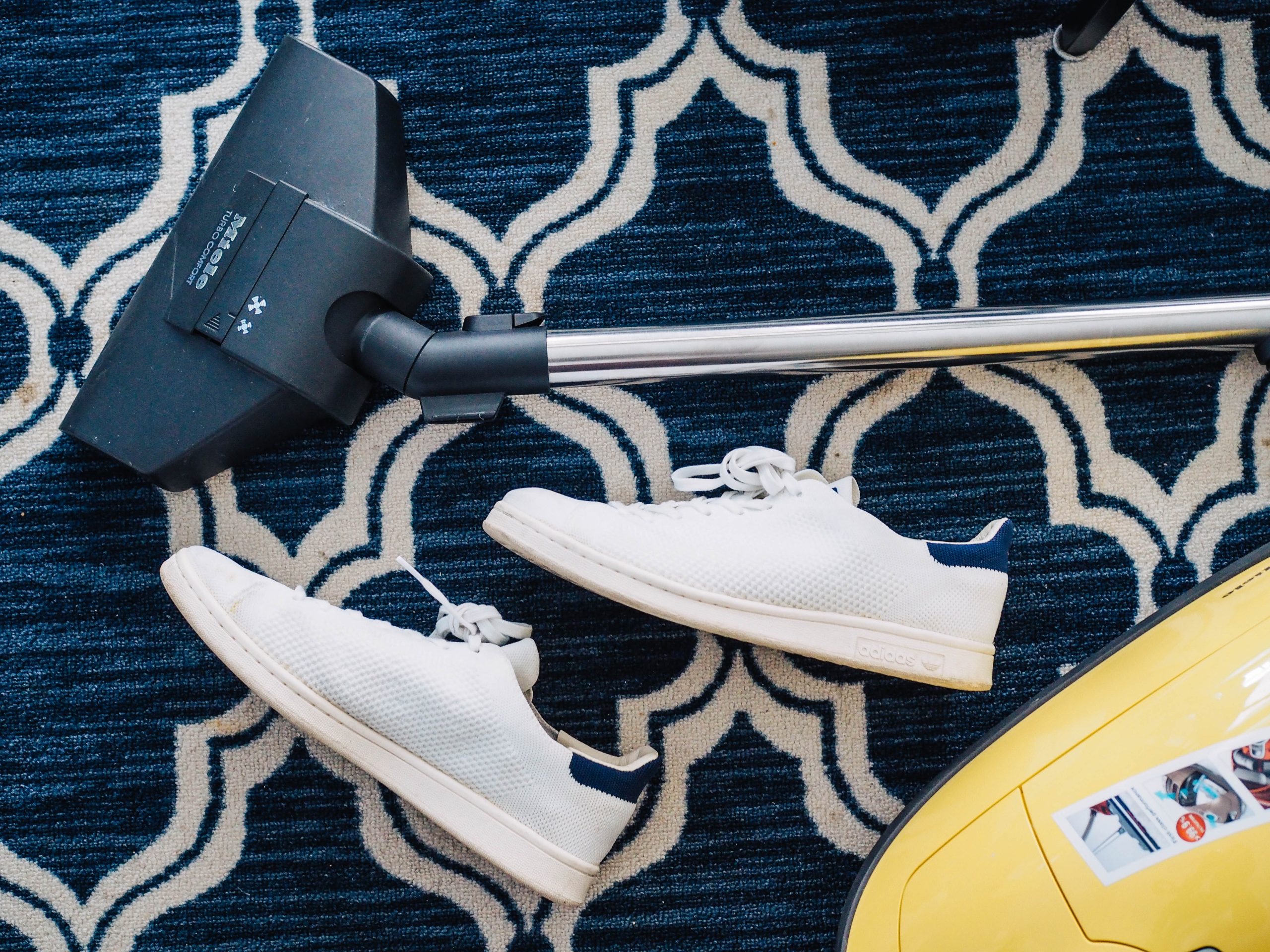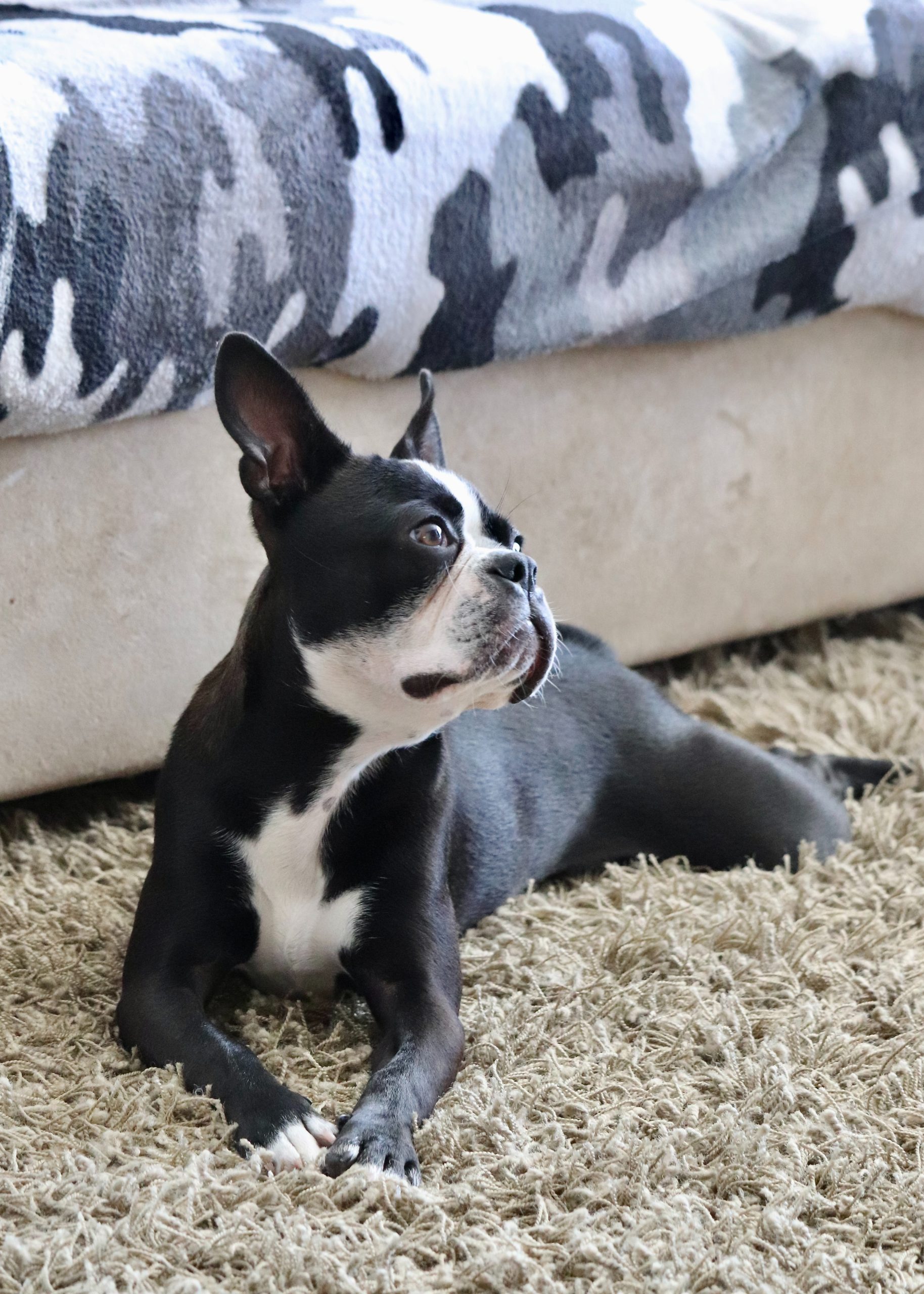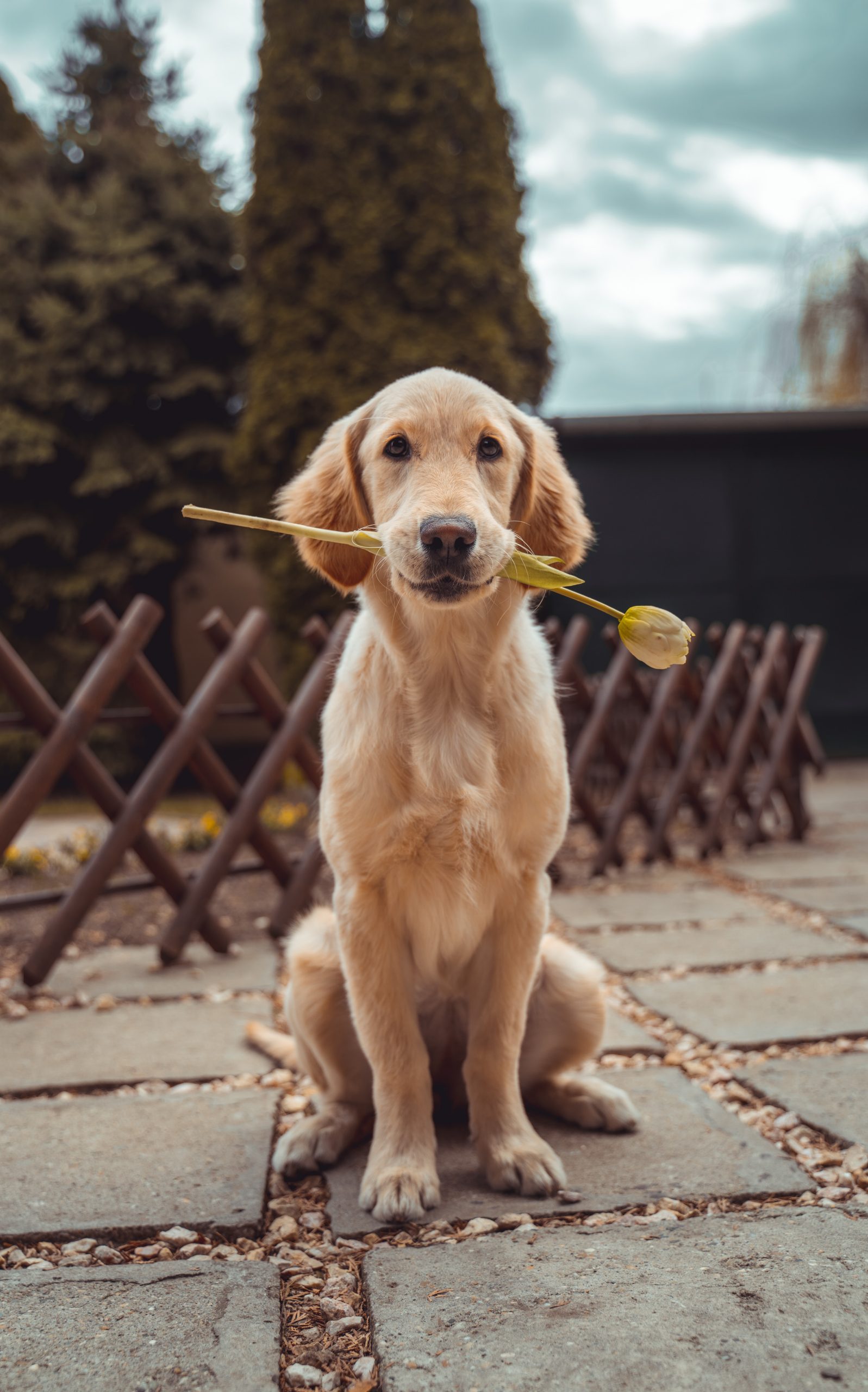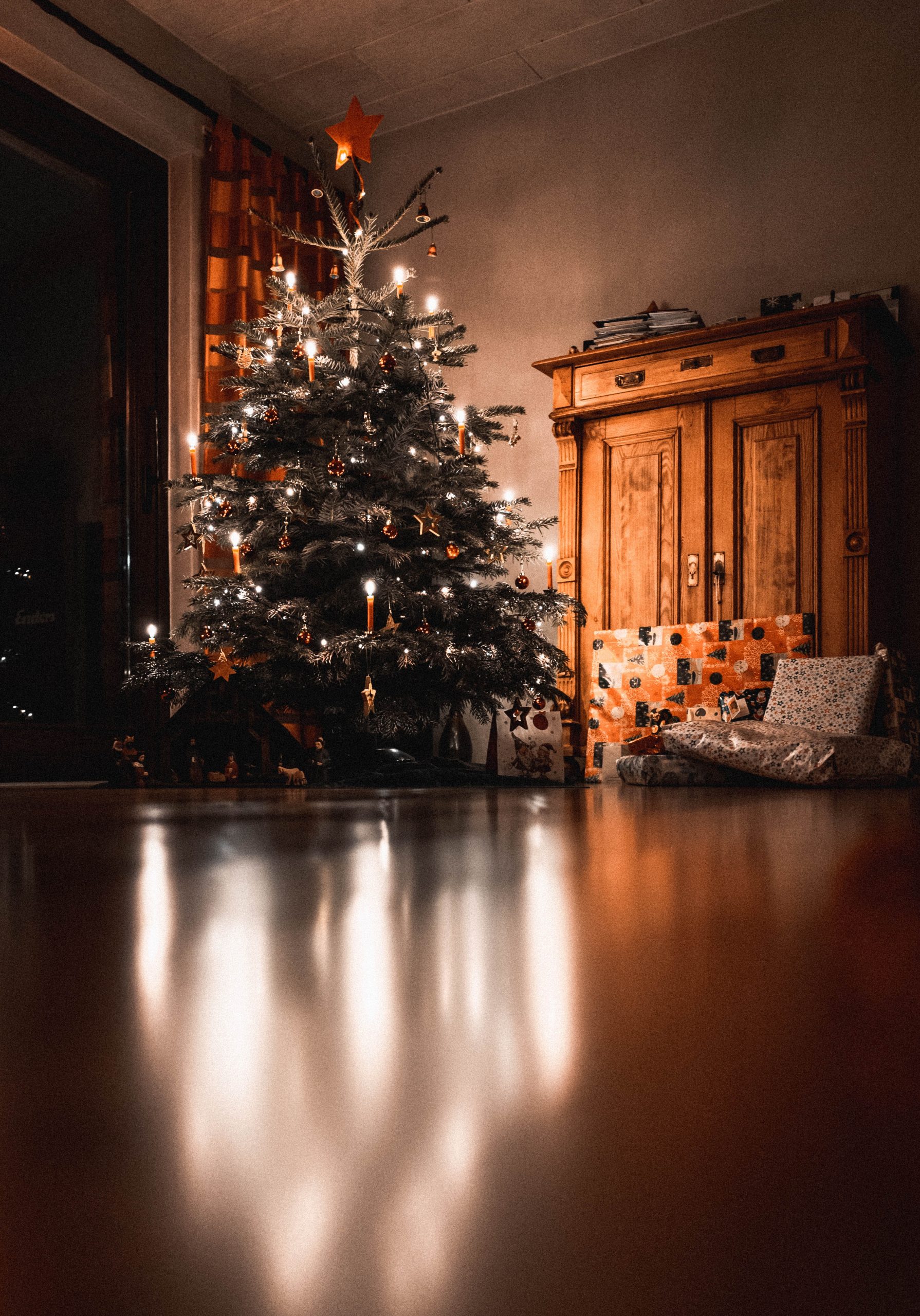How do water-based vacuums work and are they better than traditional vacuum cleaners?
How do water-based vacuums work and are they better than traditional vacuum cleaners?
Do you like how fresh the air seems after a rainstorm? Well, that is the effect of the rain “washing” dust and microbes out of the air. Sure, on a hot summer’s day it’s not long until these contaminants return, but it’s a welcome respite. It’s nature’s air purifier!
This brings us to the topic of water-based vacuum cleaners. Mechanically, the suction part of the vacuum (with or without a rotary brush to dislodge dirt) is the same as traditional vacuum cleaners. However, using water to “filter” dust out of the air stream is the main difference.
Let’s talk about how filtration using water as a filter is different from filtration using other mechanical means, such as a cyclonic separator or filter. When a stream of dirty air is filtered by water, the dirt or dust in the air gets wet and heavy, and thus becomes entrained in the water, leaving the air “clean” on exit. However, most water-based vacuums also use HEPA filters, in order to prevent any remaining dust or dust in water droplets from leaving the machine. These HEPA filters are designed to get wet, whereas non-water-based vacuums do not have filters that can get wet.
In traditional vacuums, the incoming dirty air stream usually first passes through a vacuum bag or cyclone, which filters out larger particles of dirt and hair. In bagless systems, the cyclone uses centrifugal force to “spin” out these large particles so that the user only has to empty a cup of dirt, not replace the bag. Single-stage or multi-stage cyclones can be employed, where a multi-stage cyclone allows the vacuum to operate longer without losing suction. After the bag or cyclone, a final filter (this is where the HEPA filter is found if the vacuum has one) filters out any remaining dust in the air stream before exhaust.
The attraction and “wow” factor of water-based vacuums usually lies in the dirty water that you empty from the vacuum after cleaning. If the floor is cleaned with a traditional vacuum and then with a water-based vacuum, being able to “see” the dirt that’s left behind drives enthusiasm for the water-based vacuum. No one cuts open the bag from their traditional vacuum after cleaning, so the satisfaction of seeing that dirty water makes one think that water-based vacuums provide superior cleaning power.
Although we haven’t tested them, we thought we’d share some insight on the most common water-based vacuum brands and what their customers like and dislike about them.
Rainbow Vacuum Cleaners
You may have heard of or viewed a Rainbow Vacuum Cleaner, the first vacuum to remove dust from its vacuum stream using water. The manufacturer, RexAir, was formed in the 1920’s and has been improving the Rainbow ever since it was introduced in the 1950’s. (The Original Water-Based Cleaning System) It relies on a rotating brush to dislodge dirt, and the suction power of the vacuum motor to bring it into the machine, where the filters purify the air before exhaust. According to product literature, its unique water filtration system captures typical household dirt, while remaining microscopic particles are caught by the HEPA Neutralizer Filtration System. This two-stage filtration combination removes nearly 100% of dirt and contaminants. The company uses a network of Independent Authorized Rainbow Distributors which demonstrate the product in homes and businesses, so it’s not sold online. Purchase prices for these units are not published either, however, customers seem to verify that these vacuums are the most expensive on the market. Devoted Rainbow customers seem to keep their vacuums for 15-20 years, so the price per vacuum may be a very good value. The units weigh in at about 20 pounds and rely on smooth casters to roll through your home. Rainbow is “Certified Asthma & Allergy Friendly” and AHAM Certified: The Association of Home Appliance Manufacturers (AHAM) certifies that the Rainbow is a proven air cleaner designed to reduce air pollutants that contribute to poor indoor air quality. The weight of the E2 model is approximately 40 lbs and comes with an 8 year warranty.
Sirena vacuums ($600-990) are designed and made in Canada. They can pick up wet or dry messes, and come with an assortment of tools to get into nearly every crevice. The motor is quite powerful, providing ample suction, and the water reservoir hold 3.5 liters of water maximum, which is quite a lot of water in which to filter out dust and dirt. It weighs 40 lbs and comes with a 10 year warranty.
Quantum X ($439) is an upright vacuum, meaning you don’t have to drag a canister around with you while you clean. The power head can extend up to 18”, making it a good competitor to most canister vacuums, and it has a hose for smaller cleaning attachments. The upright style affords less room for the water compartment, but this also allows it to be more portable. It weighs 27.1 lbs.
Kalorik Water Filtration Canister Vacuum Cleaner ($120) is a good budget cleaner made by a Belgian company that has been in business since 1930. Termed the “poor man’s Rainbow” by one reviewer, it’s a great option for those with pets and/or allergies, and it’s a lot lighter at 14.3 lbs. The suction head does not have a rotating brush, but it has a high/low adjustment, very powerful suction, and picks up wet and dry messes. Without the rotating brush, it’s best suited for hard floors and not carpets. It has a 1 year warranty.
These four vacuums all use water as a filter, but are different from cleaners that vacuum and mop at the same time. I use the CrossWave floor and area rug cleaner by Bissell ($257), which uses water to clean AND filter out dust. For homes that have no wall-to-wall carpet or a lot of area rugs, these types of upright vacuums are convenient and ideal because they perform two functions at one time–vacuuming and mopping, with good efficiency (check out our article on using these types of vacuums to tackle dust in your home).
In all, many customers (including myself) prefer water-based vacuums over traditional ones because:
You can see the dirt they pull off your floors very readily when you empty the vacuum, which is both satisfying and disgusting. Whether this is more than the dirt that is captured by traditional vacuums is not measured.
There’s no bag to retain smelly dirt (especially pet hair). With traditional vacuums, this smelly dirt stays in your home until you replace the bag, and it also expels smelly air every time you vacuum until you replace the bag. (As a pet owner, I appreciate this!)
There are no bags to purchase and replace!
They are very good at retaining suction (most work until the suction compartment is completely clogged with debris or pet hair), and restoring suction is very easy to do–empty the compartment!
Many of these models remove wet or dry messes (traditional vacuums can only handle dry dirt).
Many of these models allow addition of essential oils to the filter water or cleaning water for a fresh scent of your choice, and some, like the Rainbow and Sirena, double as air purifiers.
The “cons” of water-based vacuums are that:
Of course, water is heavy and more quality construction can make the unit VERY heavy and bulky, to the point of not being mobile enough to clean separate floors in a home if you are physically challenged. Most water-based models are “cannister” type instead of “upright” in order to more easily and stably move the water around.
Water-based vacuums can be more costly than traditional vacuums.
Some water-based vacuums (like the Bissell CrossWave) require a detergent to enhance cleaning of the floors. This detergent is an added operating cost and can have toxic ingredients in it (unless you make your own, check out our recipe here).
If your vacuum uses water to “scrub” and then suck up dirt and debris, water that stays on your floor can temporarily increase humidity in your home, albeit less than regular mopping. If water is used to clean carpeting, you must be careful that it’s thoroughly dried, and quickly, so that mold doesn’t have a chance to take root.
Do you prefer another type of vacuum that we haven’t discussed? Let us know!
Photo by No Revisions on Unsplash







